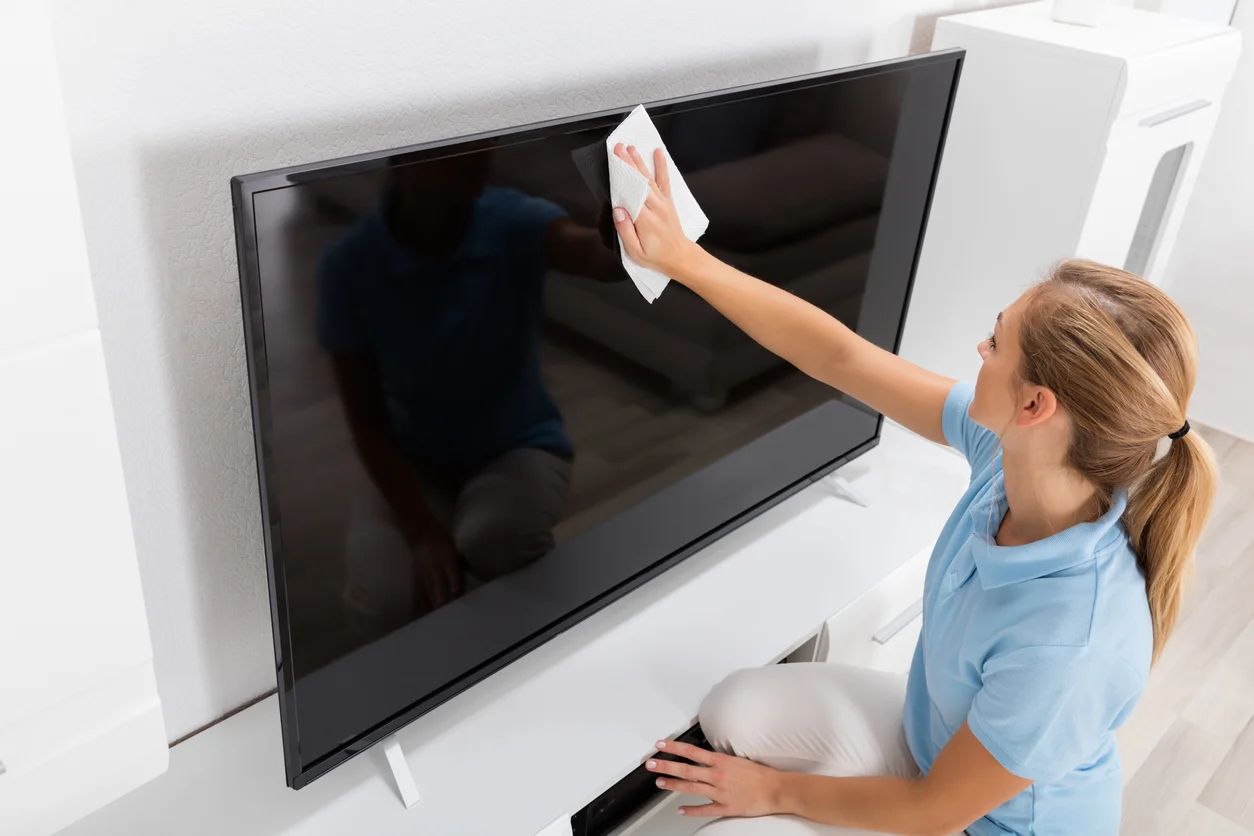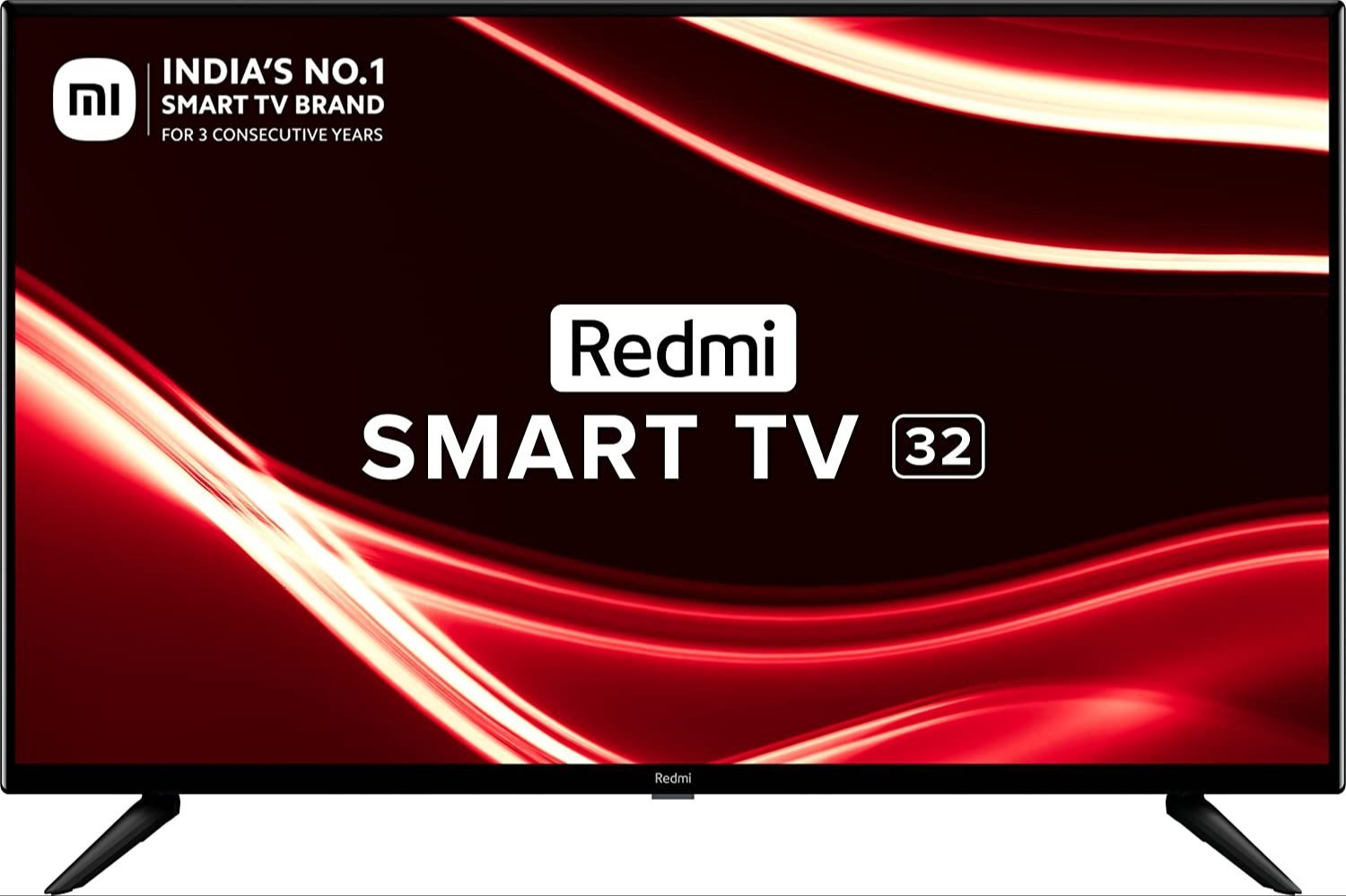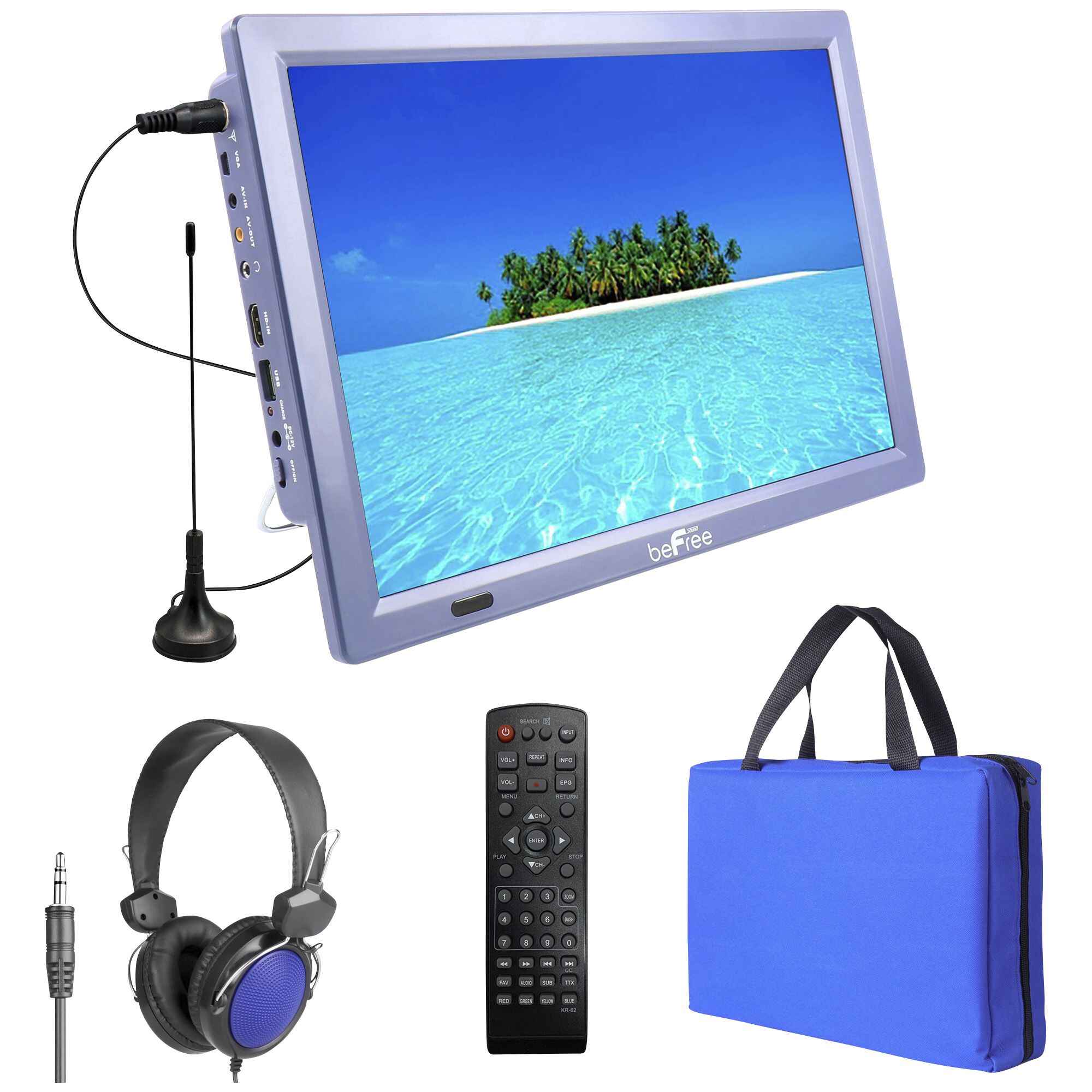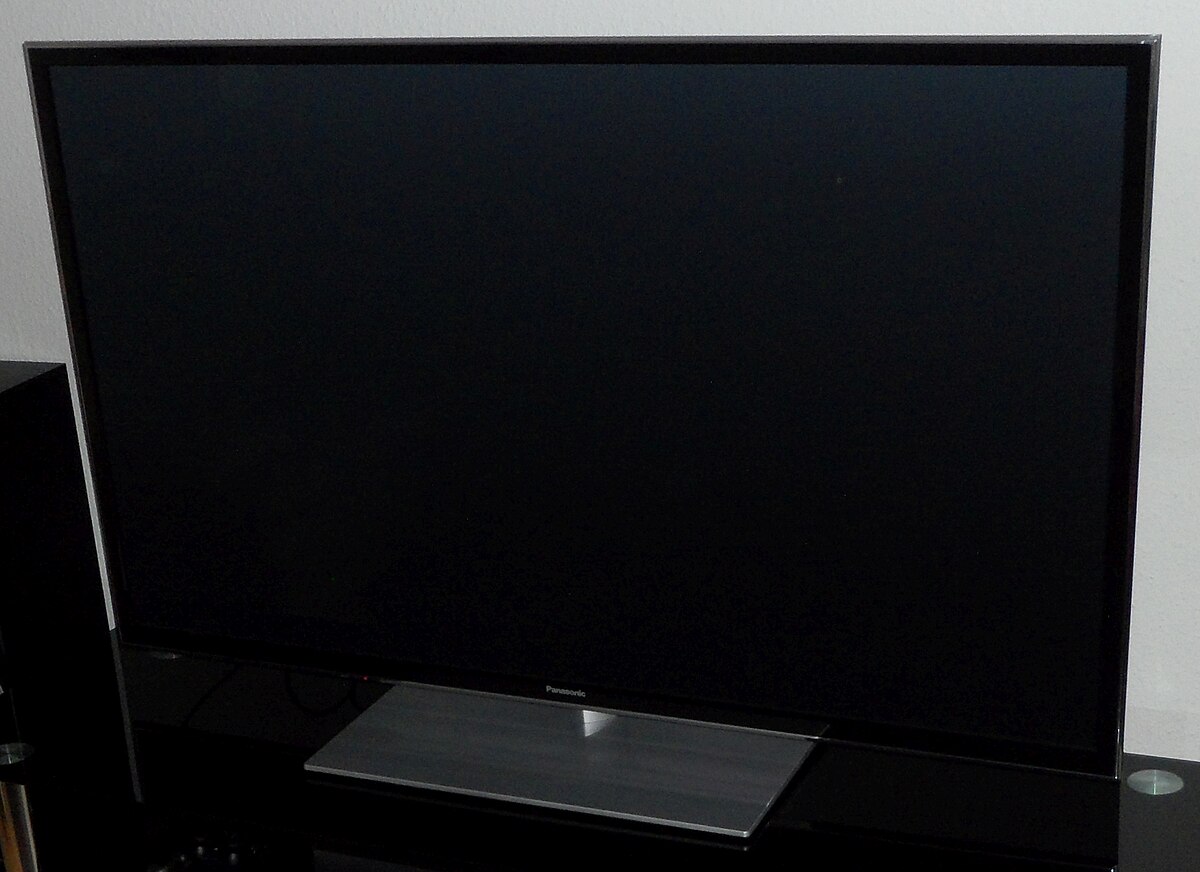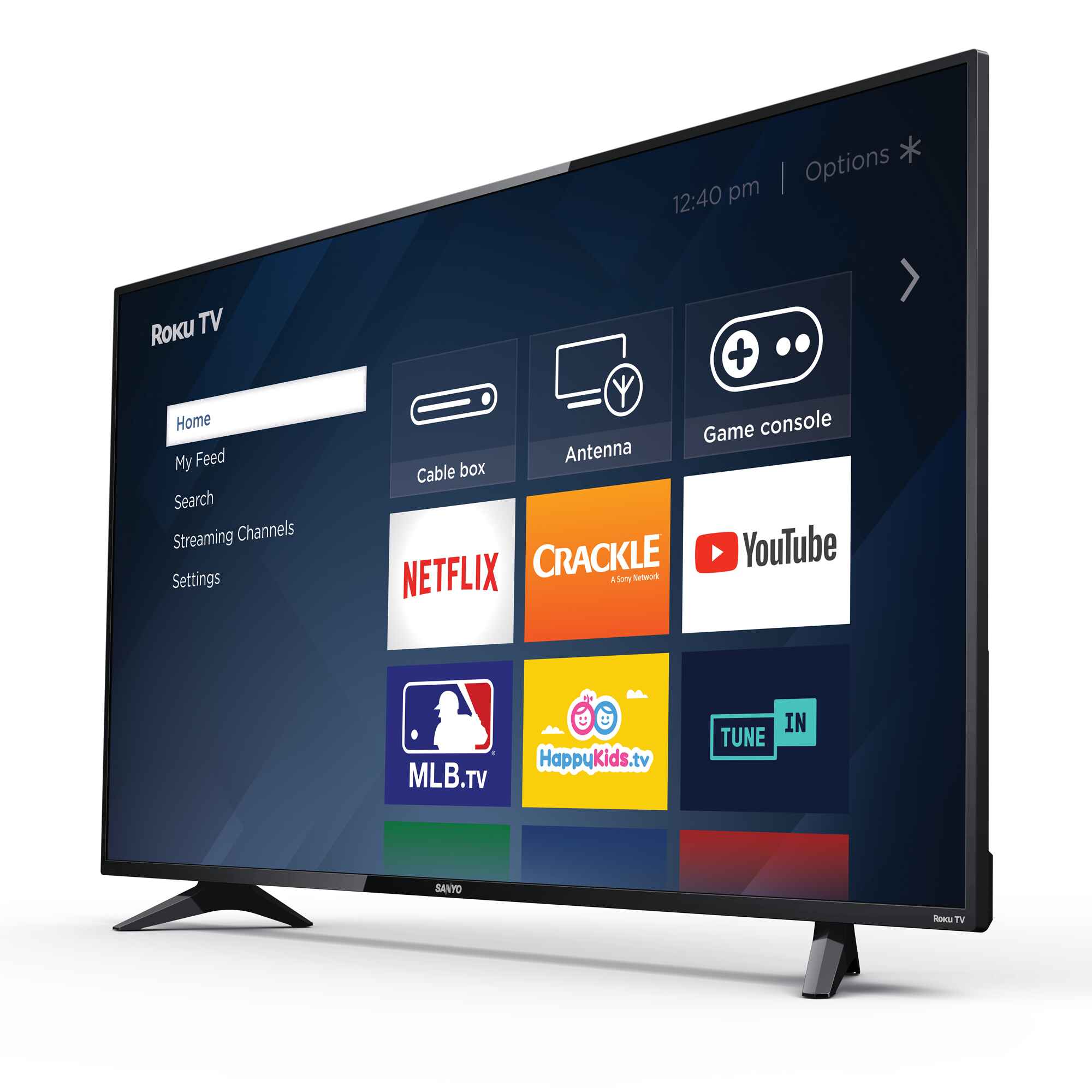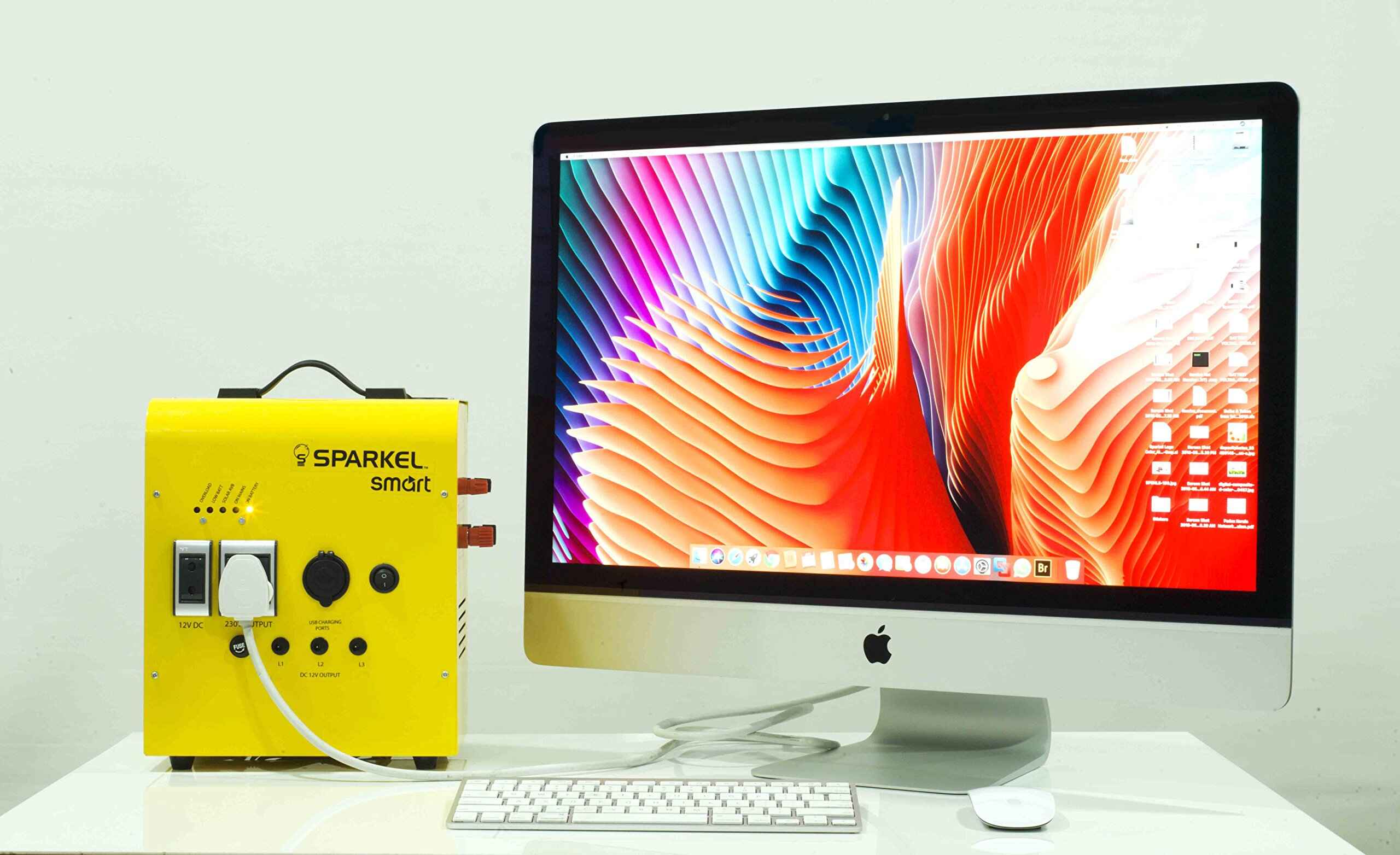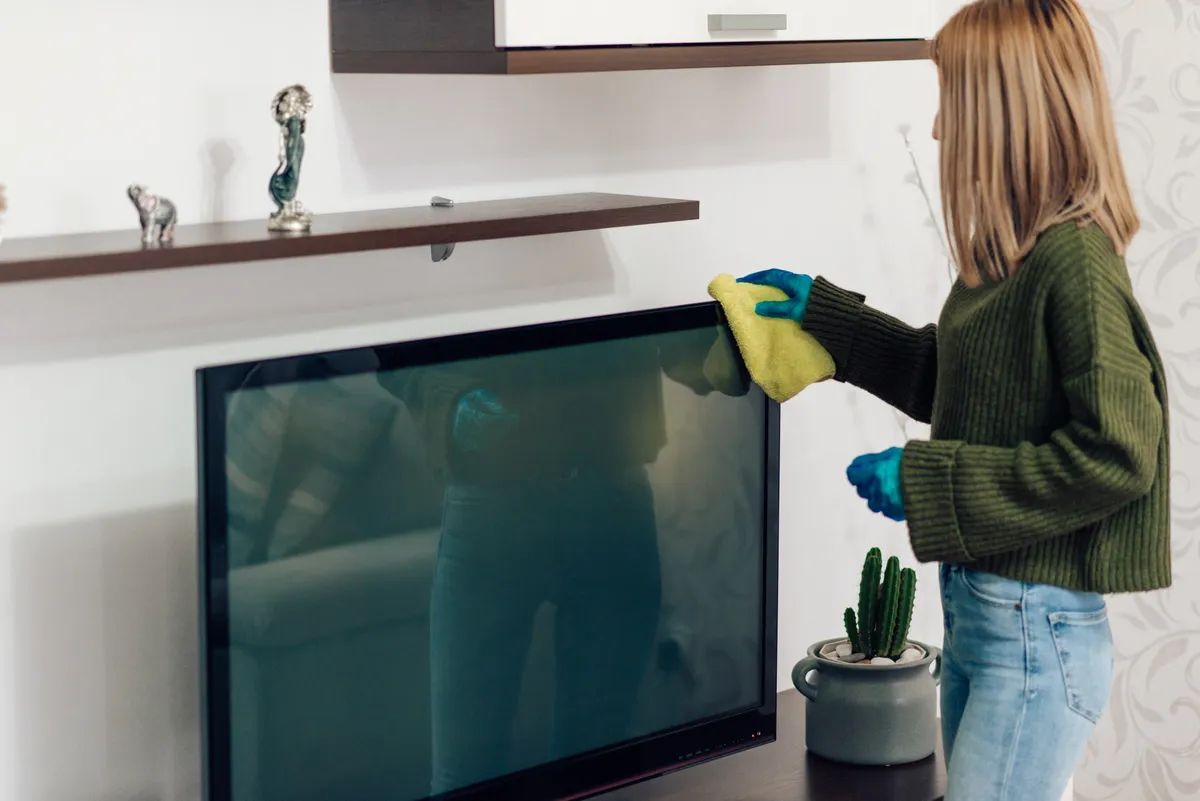Introduction
Welcome to the world of LED TV screens! As technology advances, televisions have become an integral part of our daily lives, offering immersive entertainment experiences in the comfort of our homes. LED TV screens have quickly gained popularity for their sleek design, vibrant colors, and energy efficiency. They have revolutionized the way we watch movies, play games, and enjoy our favorite shows.
But have you ever wondered how sensitive these LED TV screens are? Can a simple touch or accidental impact damage them? In this article, we will explore the sensitivity of LED TV screens and highlight the factors that can affect their performance. Additionally, we will discuss the impact of touching the screens and provide tips for cleaning and maintaining them to ensure their longevity.
An LED TV screen, or Light Emitting Diode TV, is a flat-panel television display technology that uses an array of tiny light-emitting diodes to illuminate the screen. Compared to traditional LCD (Liquid Crystal Display) screens, LED TV screens offer superior image quality, better contrast ratios, and wider viewing angles.
LED TV screens are typically made up of layers of glass, liquid crystal, and backlighting components. These layers work together to produce the vibrant and sharp images that we see on the screen. While the technology behind LED TV screens is sophisticated, they are still susceptible to damage if mishandled or exposed to certain elements.
What is an LED TV Screen?
An LED TV screen, also known as a Light Emitting Diode TV, utilizes a display technology that incorporates light-emitting diodes to produce images. These diodes are small electronic devices that emit light when an electric current passes through them. LED TV screens have become increasingly popular due to their superior picture quality and energy efficiency compared to traditional LCD screens.
LED TV screens consist of multiple layers that work together to create stunning visuals. At the core of the screen is a grid of tiny LEDs, which emit colored light when powered on. These LEDs are organized by red, green, and blue pixel clusters, known as sub-pixels. Each sub-pixel can be individually controlled, allowing for precise color reproduction and a wide range of hues.
Behind the LED grid is a layer of liquid crystals, which act as shutters to regulate the light passing through. These liquid crystals change their orientation when an electric current is applied, controlling the intensity of light emitted by each sub-pixel. This process enables the display of different shades and colors.
Powering the LEDs and liquid crystals is a backlighting system. In older LED TVs, a backlight panel consisting of fluorescent lamps was used. However, modern LED TVs employ more energy-efficient LED backlighting. This newer technology allows for better color accuracy, deeper blacks, and improved contrast ratios.
One of the key advantages of LED TV screens is their slim and sleek design. LED TVs are typically thinner and lighter than their LCD counterparts due to the smaller and more efficient LEDs used for illumination. This slim profile allows for more flexible installation options, whether wall-mounted or placed on a TV stand.
Furthermore, LED TV screens offer improved energy efficiency. LED backlighting requires less power compared to fluorescent lamps, resulting in reduced energy consumption and lower electricity bills. This energy-saving feature has made LED TVs environmentally friendly options for consumers.
In summary, an LED TV screen employs light-emitting diodes to create vibrant and high-quality images. With their slim design, energy efficiency, and enhanced color reproduction, LED TVs have become the preferred choice for many television viewers.
How Sensitive are LED TV Screens?
The sensitivity of LED TV screens refers to how easily they can be damaged or affected by external factors. While LED TV screens are generally durable, they are not completely immune to damage. Understanding their sensitivity can help us take appropriate precautions to protect them.
LED TV screens can be sensitive to pressure, impact, and temperature. Excessive pressure or force applied to the screen can cause cracks or damage to the underlying layers. Therefore, it is important to handle LED TVs with care, avoiding placing heavy objects on them or applying excessive pressure when cleaning or moving them.
In terms of impact, LED TV screens are susceptible to damage if they are accidentally bumped or dropped. Even a minor impact can result in cracks, distorted images, or malfunctioning pixels. To prevent this, it is crucial to properly mount LED TVs on stable and secure brackets or stands to minimize the risk of accidental falls or collisions.
Temperature is another factor that can affect the sensitivity of LED TV screens. Extreme heat or cold can disrupt the functionality of the screen or cause it to malfunction. It is advisable to keep LED TVs in a well-ventilated area with a moderate temperature range to ensure optimal performance.
Additionally, LED TV screens can be sensitive to static electricity. When cleaning or handling the screen, it is important to discharge any static electricity from your body by touching a grounded object before touching the screen. Static electricity can interfere with the functionality of the LEDs or liquid crystals, leading to performance issues.
It is worth noting that modern LED TVs are designed to be more resistant to sensitivity issues compared to older models. Manufacturers have implemented advanced technology and protective layers to enhance durability and reduce the likelihood of damage.
To gauge the sensitivity of LED TV screens, it is important to understand that they are delicate electronic devices. While they can withstand everyday use, they still need to be handled with caution. By being mindful of potential risks and taking proactive measures, we can ensure that our LED TV screens will provide us with years of enjoyable and uninterrupted entertainment.
Factors Affecting Sensitivity of LED TV Screens
Several factors can have an impact on the sensitivity of LED TV screens and their susceptibility to damage. Understanding these factors can help us better protect and maintain our screens for optimal performance and longevity.
1. External Pressure: Applying excessive pressure to the screen can lead to cracks or damage to the delicate layers of the LED TV. Avoid placing heavy objects on the screen and handle it with care when cleaning or moving.
2. Impact and Accidental Damage: LED TV screens can be sensitive to impact. Even a minor bump or drop can result in cracks or distorted images. Properly mounting the TV on stable brackets or stands can minimize the risk of accidental collisions.
3. Temperature: Extreme heat or cold can affect the sensitivity of LED TV screens. High temperatures can cause the screen to overheat and malfunction, while extreme cold can affect the functionality of the liquid crystals. Keep the TV in a well-ventilated area with a moderate temperature range to ensure optimal performance.
4. Static Electricity: LED TV screens can be sensitive to static electricity. When cleaning or handling the screen, it is important to discharge any static electricity by touching a grounded object before touching the screen. This helps prevent interference with the LEDs or liquid crystals.
5. Environmental Conditions: LED TV screens can be affected by the environment in which they are placed. Exposure to excessive humidity, dust, or sunlight can impact their sensitivity and performance. Keep the TV in a clean and controlled environment to reduce the risk of damage.
6. Manufacturer Quality: The manufacturing quality of the LED TV screen itself plays a significant role in its sensitivity. Higher-quality screens often have better protection layers and materials that can withstand potential damages. When purchasing an LED TV, opt for reputable brands known for their quality and reliability.
7. User Care and Maintenance: The care and maintenance practices of the user can also influence the sensitivity of LED TV screens. Regular cleaning using appropriate methods and materials can help prevent dust buildup and maintain optimal screen performance.
By being aware of these factors that can affect the sensitivity of LED TV screens, we can take proactive measures to minimize potential damage. Employing proper handling techniques, maintaining a suitable environment, and adhering to recommended cleaning and maintenance practices will help ensure that our LED TV screens remain in excellent condition for years of enjoyable viewing.
Impact of Touching LED TV Screens
Touching LED TV screens, although tempting, can have various negative consequences and is generally not recommended. The screens are designed to be looked at, not touched, as they are sensitive electronic devices. Here are some of the potential impacts of touching LED TV screens:
1. Smudges and Fingerprints: One of the most immediate and visible effects of touching the screen is the appearance of smudges and fingerprints. The oils and sweat on our fingertips can transfer onto the screen, leaving unsightly marks. These marks can obstruct the clarity of the screen and require regular cleaning to maintain optimal picture quality.
2. Scratches: The surface of LED TV screens is susceptible to scratches. Even small particles on our fingers or nails can inadvertently leave scratches on the screen when touched or wiped. Over time, these scratches can accumulate and affect the overall viewing experience, detracting from the visual clarity and sharpness of the screen.
3. Distorted Images: Touching the screen, especially with pressure or force, can cause the liquid crystals or the LED pixels to shift or become damaged. This can lead to distorted images, color imbalances, or even dead pixels. The result is a compromised viewing experience with reduced image quality and accuracy.
4. Malfunctioning Touch Sensors: Some modern LED TVs come equipped with touch-sensitive features or buttons on the screen. Excessive touching or pressing can lead to the malfunctioning of these sensors, rendering the touch functionality ineffective. This can be frustrating if you rely on touch controls for menu navigation or other interactive features.
5. Electrical Damage: Touching the screen without properly grounding static electricity can result in electrical damage to the internal components. The discharge of static electricity can interfere with the delicate circuitry, causing malfunctions or even permanent damage to the TV.
To preserve the longevity and optimal performance of the LED TV screen, it is advisable to refrain from touching it. Instead, use the provided remote control or other input devices for navigation and control. If necessary, use a soft, lint-free cloth or specifically designed screen-cleaning solutions to gently remove smudges and fingerprints. Following manufacturer’s guidelines for cleaning and maintenance will help maintain the screen’s integrity and ensure a superior viewing experience.
Remember, prevention is the key when it comes to the impact of touching LED TV screens. By avoiding unnecessary contact, we can preserve the visual quality, prolong the lifespan, and maximize the enjoyment of our LED TV screens for years to come.
Cleaning and Maintaining LED TV Screens
Proper cleaning and maintenance of LED TV screens are essential to ensure their longevity and optimal performance. By following the manufacturer’s guidelines and using the correct cleaning methods, you can keep your screen looking pristine and free from damage. Here are some tips for cleaning and maintaining your LED TV screen:
1. Use a Soft, Lint-Free Cloth: When cleaning the screen, use a soft, lint-free cloth, such as a microfiber cloth. Avoid using paper towels or rough fabrics, as they can scratch the surface of the screen. Gently wipe the screen in a circular motion to remove dust and fingerprints. Be cautious not to apply excessive pressure that could damage the screen or disrupt the pixels.
2. Turn Off and Unplug the TV: Before cleaning the screen, it is important to turn off and unplug the TV from the power source. This prevents any potential electrical hazards during the cleaning process and ensures the safety of both the user and the TV.
3. Avoid Liquid Cleaners: Do not use liquid cleaners directly on the screen. Spray the cleaning solution onto the cloth instead, and then wipe the screen. Using liquid cleaners directly can result in moisture seeping into the edges or ports of the TV, causing electrical damage. If needed, use a specifically designed screen-cleaning solution that is safe for use on LED TV screens.
4. Don’t Overlook the Frame and Ports: While cleaning the screen itself is important, it’s also crucial to clean the frame and ports of the TV. Use a soft, dry cloth or a gentle brush to remove dust and debris from these areas. Be careful not to force the cloth into any ports or openings, as this could cause damage.
5. Keep the TV Ventilated: Proper ventilation is important for the longevity of your LED TV screen. Ensure that the area around the TV is well-ventilated and free from dust accumulation. Regularly dust the back of the TV as well to prevent the buildup of dust that could obstruct airflow and lead to overheating.
6. Avoid Harsh Chemicals: Never use harsh chemicals, such as ammonia, acetone, or alcohol-based cleaners, on the LED TV screen. These can damage the protective coatings and lead to discoloration or permanent stains. Stick to gentle cleaning solutions that are specifically designed for use on electronic devices.
7. Prevent Direct Sunlight: Direct sunlight can damage the screen and affect the image quality over time. Avoid placing your LED TV in locations where it is exposed to direct sunlight or high levels of heat. Consider using curtains or blinds to block out sunlight if necessary.
By following these cleaning and maintenance tips, you can keep your LED TV screen in top condition and enjoy a clear and immersive viewing experience for years to come. Regularly scheduled cleaning sessions will help remove dust and smudges, ensuring that your LED TV screen continues to deliver vibrant and crisp visuals for your entertainment pleasure.
Preventing Damage to LED TV Screens
Prevention is key when it comes to protecting your LED TV screen from potential damage. By taking a few simple precautions, you can ensure the longevity and optimal performance of your screen. Here are some effective strategies for preventing damage to LED TV screens:
1. Proper Mounting: When installing your LED TV, make sure to use a stable and secure wall mount or TV stand that is suitable for the weight and size of your TV. Incorrect mounting can lead to accidental falls or instability, resulting in potential damage to the screen.
2. Avoid Touching the Screen: Resist the temptation to touch the screen, as it can leave smudges, fingerprints, or even scratches. Remember to use the provided remote control or input devices for navigation and control, instead of directly touching the screen itself.
3. Handle with Care: When cleaning or moving the LED TV, handle it with care. Avoid applying excessive pressure or force to the screen, as this can damage the delicate layers and components. Use both hands to hold the TV and be cautious of any accidental impacts.
4. Keep Away from Liquids: To protect your LED TV screen from liquid damage, avoid placing drinks or other liquids near the TV. Accidental spills can seep into the screen or ports, causing electrical damage. Keep liquids at a safe distance to prevent any potential mishaps.
5. Control the Environment: Maintain a suitable environment for your LED TV by controlling factors like temperature, humidity, and sunlight exposure. Extreme temperatures can negatively impact the screen and affect its performance. Keep the TV away from direct sunlight and in a well-ventilated area to avoid overheating.
6. Surge Protection: Invest in a high-quality surge protector to safeguard your LED TV from power surges or fluctuations. Power surges can result in irreversible damage to the internal components of the TV. Plugging your TV into a surge protector can provide an extra layer of protection against unexpected electrical issues.
7. Regular Cleaning: Regularly clean your LED TV screen using the proper cleaning methods and materials mentioned earlier. Dust and debris can accumulate over time, obstructing the display and affecting the overall image quality. By periodically cleaning the screen, you can prevent buildup and maintain optimal performance.
8. Read the Manufacturer’s Guidelines: Always refer to the manufacturer’s guidelines and instructions for your specific LED TV model. Familiarize yourself with the recommended cleaning methods, maintenance routines, and any specific precautions to follow. Adhering to these guidelines will help protect your TV from potential damage.
By implementing these preventative measures, you can significantly reduce the risk of damage to your LED TV screen. Taking proactive steps to protect your investment will ensure that you can enjoy clear, vibrant visuals for a prolonged period of time, enhancing your entertainment experience.
Conclusion
LED TV screens have become a staple in our homes, providing us with immersive entertainment experiences. Understanding the sensitivity of these screens and taking appropriate measures to protect them is crucial for maintaining their longevity and optimal performance.
Throughout this article, we explored various aspects related to LED TV screen sensitivity. We learned that while LED TV screens are generally durable, they can still be sensitive to factors such as pressure, impact, temperature, static electricity, and environmental conditions. By handling LED TVs with care, avoiding direct contact with the screen, and maintaining a suitable environment, we can minimize the risk of damage.
Cleaning and maintenance also play a vital role in preserving the quality of LED TV screens. By using the proper cleaning techniques, avoiding harsh chemicals, and regularly removing dust and smudges, we can keep our screens looking pristine and free from damage.
Taking preventative measures is crucial in preventing damage to LED TV screens. Proper installation and mounting, careful handling, and keeping liquids away from the TV are essential steps. Furthermore, investing in surge protectors and following manufacturer guidelines can add an extra layer of protection.
By incorporating these best practices into our routine, we can enjoy our LED TV screens for years to come, without compromising the visual quality and performance. So, take the necessary steps to protect your investment, keep your LED TV screens clean and well-maintained, and enjoy the immersive entertainment they provide.







